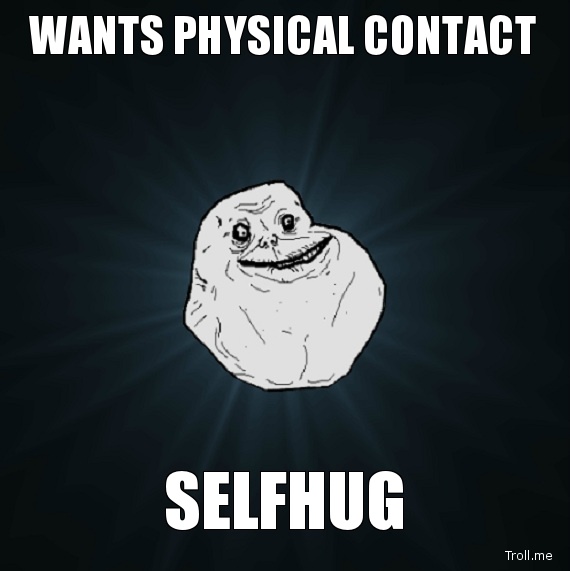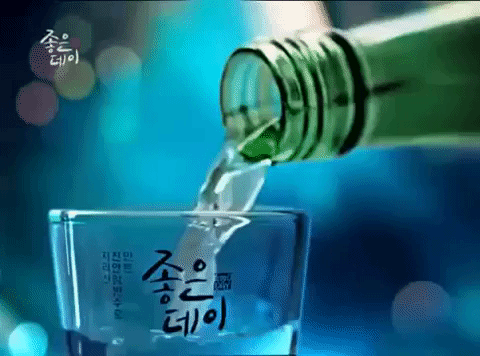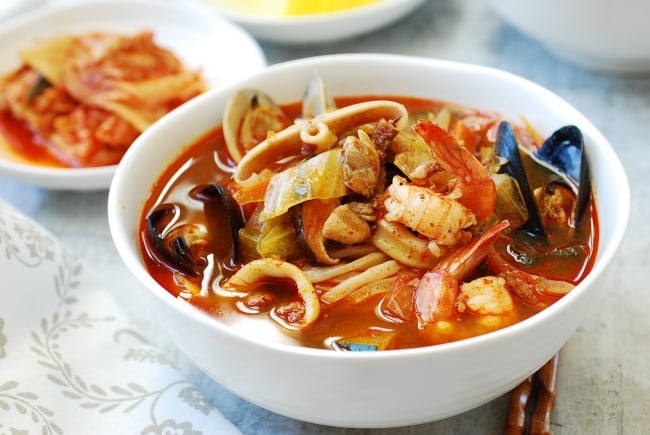This past week, I experienced a Korean funeral, and wish I knew more about it before I went. Hoping this list helps anyone who has to go to a funeral in Korea.
DISCLAIMER: This is based on one personal experience. Funeral traditions and rituals will be different between Korean families.
- The funeral hall is usually at the basement of a hospice or a hospital.

- There are no windows, so it is easy to lose track of time.
- There is a room to greet the deceased person’s family, hall to eat food, and a rest space for families.

- The family spends two nights and three days at the funeral hall.
- In the same clothes.
- With little or no opportunities to take a shower.
- I wish I brought my own towel to wash up.

- Which means every meal is the same dish unless you order delivery food.
- The funeral hall served bossam (boiled pork belly), kimchi, rice, soup, rice cakes, nuts and dried fish, tangerines, and cherry tomatoes.
- But we also had fried chicken, kalbi, and cup noodles for the family.
- Which also means that there are no comfortable beds, pillows, or blankets.
Almost like a jjimjilbang.
- Everyone slept on the floor with some hard pillows and thin blankets.
- Which could get extremely hot in the winter with floor heating.
- Families usually rent the funeral clothes.
- Men could rent suits with an armband to show that you are the family of the deceased. Two stripes meant the head of the ceremony, and one stripe was for the other males in the family.

- Women had to wear a black hanbok with some chrysanthemum flower embroideries with a white ribbon hair pin. Everyone wore some comfortable clothes underneath.

- Men could rent suits with an armband to show that you are the family of the deceased. Two stripes meant the head of the ceremony, and one stripe was for the other males in the family.
- The males of the family greet the guests with bows, and the females of the family serve food for the guests.
- My husband felt like a bowing machine, and I felt like a waiter.

- My husband felt like a bowing machine, and I felt like a waiter.
- The first sons of each generation have the greatest responsibilities as the head of the funeral ceremony.
- They are expected to greet all the guests so they can barely leave the funeral hall.
- Couples should never show physical affection during the three days at the funeral.
- My husband and I were given a warning from one of the aunts.

- My husband and I were given a warning from one of the aunts.
- Not all guests wear black clothes.
- Guests should try to wear black, but they are also expected to come at a short notice.
- As long as you are wearing darker shades, it is okay.
- Although guests can come at any time of the day, most guests come during dinner time after work.
- Usually from 6 to 11 pm.
- Families should eat and rest before that rush hour.
- As the foreign wife of the grandson, I had too much time on my hand during the day, so I wished that I had brought books to read and games to play on my own.
- Guests are expected to stay to eat and chat with the family member they know. If they are busy, they will just have one drink and leave.
- Many guests come with their family or coworkers.
- The majority of the guests are friends and coworkers of the deceased person’s sons and daughters. (When the deceased person is elderly.)
- When family members follow different religions, their family is called a Jjambbong (Korean spice seafood noodle soup). The word jjambbong could be used for two things that are usually different but is mixed.
- Some Korean families follow more Christian funeral rituals while others follow the more traditional Korean funeral rituals based in Buddhism and Confucianism.
- When the body is moved to the crematorium on the morning of the third day, families follow the hearse (funeral car) with their own car and turns on the hazard lights the entire way.

- This is used to prevent other cars from cutting in the funeral line.
- But it also seemed dangerous because the driver could not signal lane changes.
- Korean people used to spray soju over the grave to honor the deceased, but now there are signs that say “Don’t spray soju. It will damage the plants.”

Have you been to a Korean funeral?
What were some things that were different in your experience?



